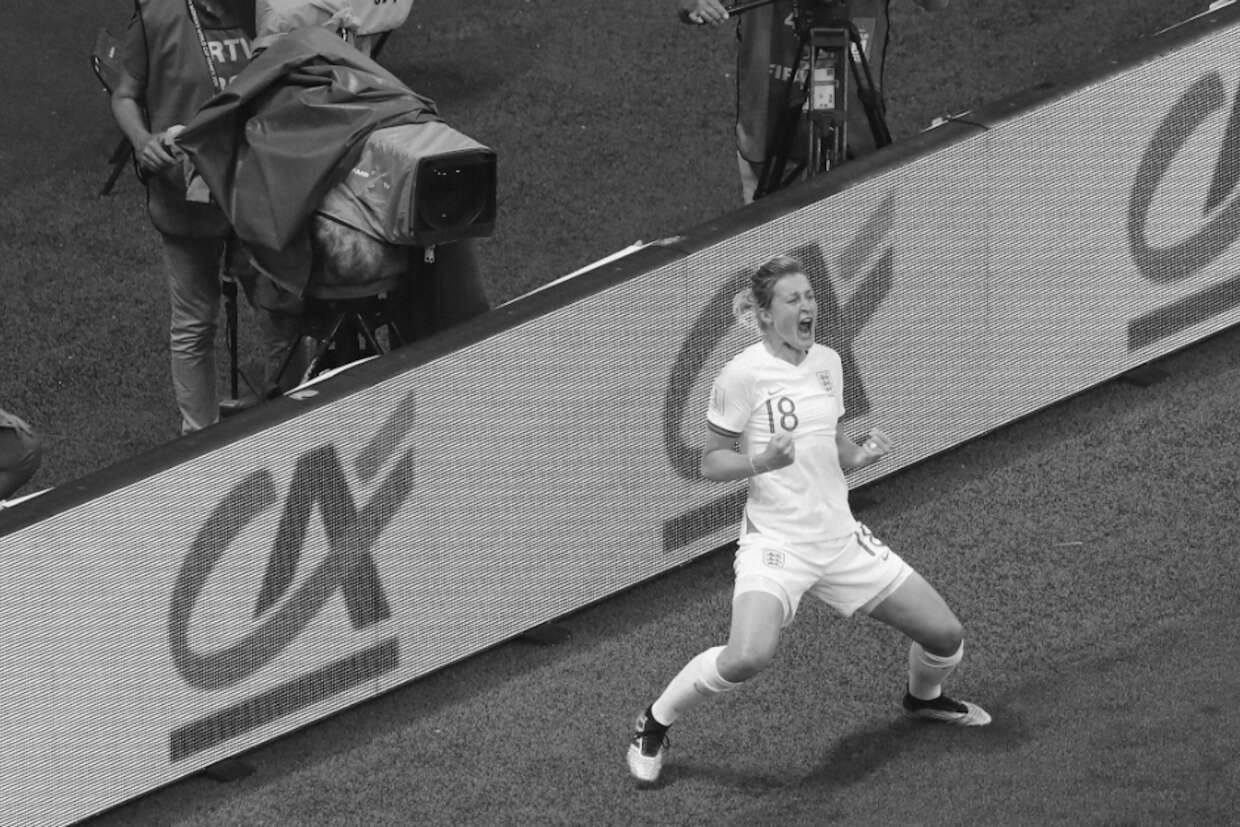Right now, the number of people watching sport on TV is declining. However, people aren’t turning away from the genre; they’re just consuming sports content in different ways.
The question is, do sports content owners recognise the importance of the shift and are they ready to give consumers what they want?
The cause of the issue
We’ve investigated this recently while writing a report on the consumption of sports content, and found the big issue to be that many consumers today want content as quickly as possible. Usually at the expense of quality. This has led to a big rise in the availability of illegally streamed content online, taking viewers away from the traditional broadcasters and official sports channels.
These changes in viewer behaviour have meant that the type of content being consumed is evolving too. There has been a rise in the popularity of ‘near-live’ content, and fans no longer set aside significant chunks of time to consume sports. Instead, they ‘snack’ on it throughout the day using social media updates and push notifications, watching edited highlights and clips as opposed to full versions of content.
There is also a continuing rise in fan-generated content (such as Arsenal Fan TV or FullTimeDevils) that is pulling viewers away from official programming produced by clubs and content owners. These channels grow in popularity daily, already boasting hundreds of thousands of subscribers.
The impact - and what to do about it
So why does this all matter? Sports organisations are still getting their TV deals. They also have their own online platforms, so can’t they just ride the storm?
In our view, it’s very unlikely. Audiences are becoming too frequently engaged elsewhere, and not with the official brand - taking valuable revenue and community engagement opportunities away from content owners.
These content owners need to ask themselves: how have they ended up in a position where people would rather look for illegal or fanzine style programming than official licensed content? Surely the official sources should be holding the cards in terms of quality, exclusivity and value-added features and promotions?
Over the last year, this is something that Imagen has researched and given considerable thought to. We’ve produced two reports as part of this process, which demonstrate that, so far, content owners have simply been too slow to react to their audience’s changing requirements.
The first report – Beyond Live – surveys the landscape in detail, and explains why content owners feel they don’t currently have the capability to rapidly produce content that will grow their audience online.
The second report – Who Moved the Goalposts – takes the issue a step further, by explaining where the technical shortfalls are and what you can do to address them.
Just to reassure you, we’re not trying to be all doom and gloom; there is huge opportunity still out there. According to research from Nielsen, overall sports media consumption actually grew 13 per cent in 2016 because of content viewed online.
Content owners who get their online presence and programming right will have ample opportunity to engage with their community, allowing them to foster brand loyalty as well as create revenue opportunities.
New report: who moved the goalposts?
Capitalising on changing viewing habits and the future of sports media distribution.
Access and download our latest report, investigating the changing nature of sports media consumption, and what the future holds for owners and distributors of sports video content.



